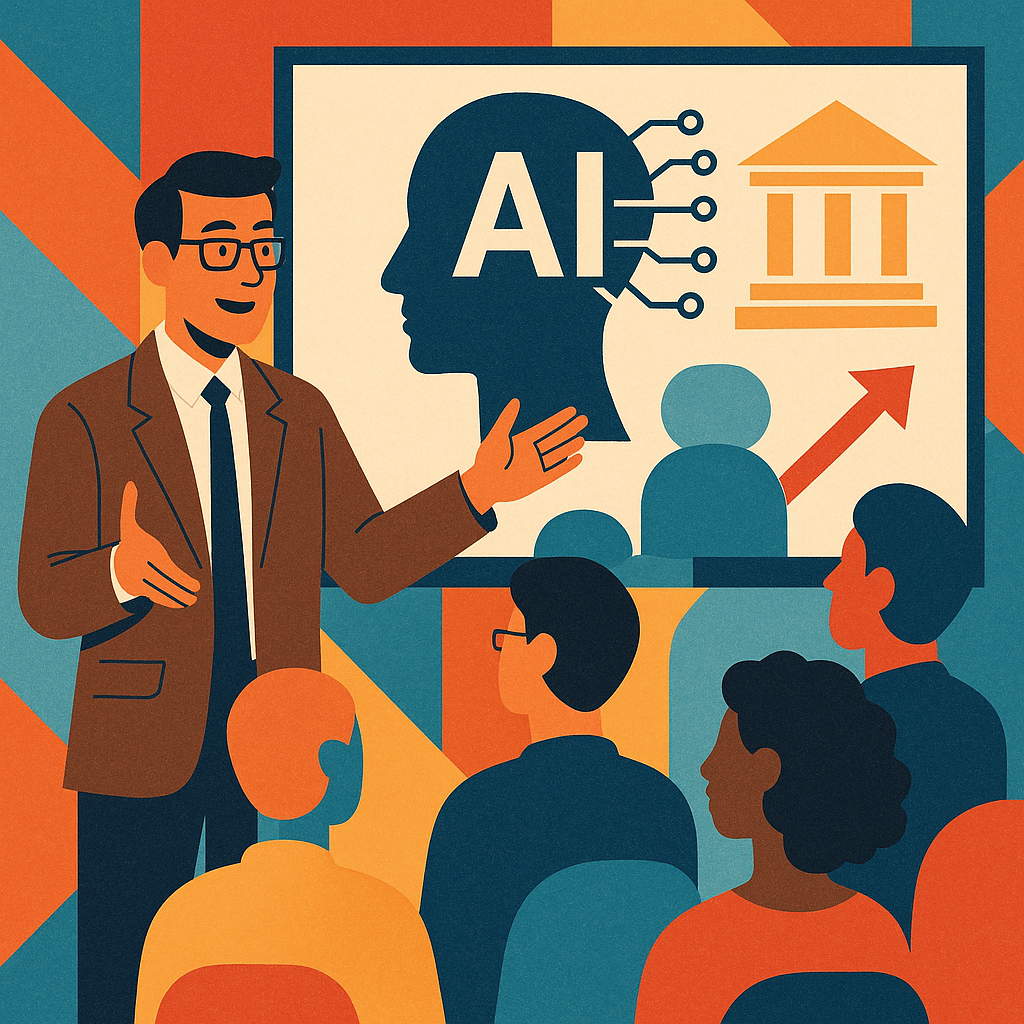Welcome to AI for Legal Education

Welcome! I’m Seth J. Chandler, a law professor at the University of Houston Law Center with an enduring interest in mathematics, computer science, and machine learning. This blog, AI for Legal Education, sits at the intersection of those worlds. I've spent a lifetime helping students reason rigorously about legal doctrine, and now I’m increasingly obsessed with how AI can serve as a partner in that enterprise. Things will be up and running here shortly, but you can subscribe in the meantime if you'd like to stay up to date and receive emails when new content is published!
What will you find here? A lot, I hope. Some posts will be tutorials: how to use large language models such as ChatGPT or Gemini to design flashcards, write hypotheticals, analyze cases and statutes, or even practice skills such as drafting, depositions and oral argument. Others will be provocations: should law schools require AI literacy? What, really, is the role of a professor going to be in the next few years? What degree of creativity can you expect from large language models? You’ll also see reflections on cases – mostly on constitutional law – and teaching strategies, explorations of emerging legal scholarship on AI, and occasional deep dives into the mechanics of models—from prompt engineering and vector databases to transfer learning and fine-tuning.
There will be some programming and tech here. I've been writing Wolfram Language code for 30 years and have some knowledge of Python and other languages. But one of the points of this blog is that you really don't need to know very much programming to accomplish amazing feats. English is the new programming language. You no longer need to be a computer scientist to follow along. You just need curiosity, and maybe a little optimism about what’s possible when the tools of the future are used with care, creativity, and judgment.
One key feature of the blog is that it is written from the perspective of an educator. Many discussions of AI in law focus on practice—contract review, litigation analytics, client intake—but here, we’ll ask what AI can do in the classroom, in scholarship, and in our role as mentors. How can we teach better? Learn faster? Reach more students where they are? This blog is entitled AI "for" Legal Education rather than AI "in" Legal Education for a reason. I believe that much of the criticism directed at AI is misguided. It is based on flaws in older models, ignorance of how to prompt, and a demand for perfection that it cannot achieve and that they seldom impose on their human competitors. I am aware of its current limitations, however, and appreciate educated skepticism about its quality and effects.
The content is free, at least for now, and the community is open. I’d love for you to subscribe if the posts speak to you, or if you're just curious to see how this conversation unfolds. And encourage your friends and colleagues to do likewise. Comments and thoughtful engagement are welcome.
In short: this is a space for those who want to think seriously, and sometimes playfully, about how the world of legal education is changing—and what role we might play in shaping that change.
Welcome aboard.
—Seth Chandler
Founder, AI for Legal Education
PS – This essay is itself an example of what I call "Vibe Writing." You give an LLM a general idea of what you want to say and then you hand tweak it to more precisely fit your conception. It's an analog to the "Vibe Coding" methodology that is currently sweeping software engineering. We'll be exploring the promise of Vibe Writing extensively in this blog.
